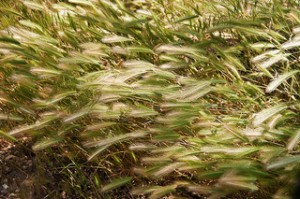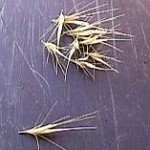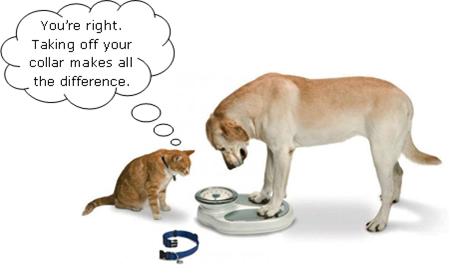Posted by The San Francisco Dog Walker
Tips from San Francisco Dog Walkers – Costly Foxtails
All Dog Walkers should tell you the faster you get the dog to the vet, the less it will probably cost to get the foxtail removed.
So, as soon as you dog shows symptons, such as shaking head or holding head to the side, or licking paws flapping ears or sneezing violently, run, don’t walk him to your vet. If the vet does not have to put the dog under to retrieve the foxtail, the cost may be around $150 for removal. However if you wait a day or two before taking the dog to the vet, the foxtail will travel further up the canal and the cost jumps up around $500 – $1,000 because it now has to be surgically removed. If the foxtail causes an infection because you waited too long, the trip to the vet could run you at least $1,000.00 to $2,000.00! Not removing the foxtail is very dangerous and can be life threatening to the dog because the foxtail penetrates the skin and moves through the bloodstream towards the heart or brain.
San Francisco Dog Walkers should always tell their clients to check for foxtails during the spring and summer months following hikes.
Foxtails come from the grasses and are in all of the parks in San Francisco. When pulled apart, the are little arrow shaped pointed stickers that it can burrow into your dogs’ paws, ears, nose, eyes and fur coat.
ON A DAILY BASIS, during foxtail season (when grasses are dry) it is VERY important to check between your dogs’ toes (look up into the cavity of each toe and feel around in there); and to thoroughly feel around in the dog’s fur for foxtails. I try my best to remove the foxtails I find on the dogs after the walk, but it is always good for the owner to also check, as foxtails can and often are, missed.
If your dog begins sneezing violently, even if they stop for a day or two, they most likely have a foxtail in their nose. The worst places to get foxtails are in the ears, eyes and noses because it is very difficult to find and remove them, once they enter these areas on your dog.

San Francisco Dog Walkers share how to keep your dog from getting foxtails:
■ Keep your pet’s fur coat super short during Spring, Summer and Fall months in San Francisco, especially between the toes and around the ears.
■ Long-haired dogs are most prone to having foxtails attach to their fur and embed in the skin. Keep those feet and legs short!
■ Avoid walking your dog in areas where dry grass is prevalent. Take your dog to concrete paths or parks that do not have foxtails. (easier said than done, lol)
■ Prime areas for foxtails to penetrate the skin of an animal are between the toes, in and around the ears, nose, armpits and genitalia. Animals with foxtails under the skin are often licking the affected area where a red bump may be seen. Don’t ignore your dog if they are licking a spot!
■ When returning home from a walk or hike in an area that has foxtails, examine your dog thoroughly and remove any foxtails you might find before they have a chance to burrow into the skin. Also look for and remove burrs at the same time, for your dog’s comfort.



 As a dog walker in San Francisco, it’s clear I have a passion for dogs, but that passion extends beyond socializing them or helping them release their energy. I also have a passion for ensuring dog owners are equipped with the knowledge they need to keep their dog happy and healthy well into their senior years. Though it isn’t a glamorous topic, dog poop is a massively important to ensuring your dog’s health. Your dog’s poop talks to you far more than your dog can.
As a dog walker in San Francisco, it’s clear I have a passion for dogs, but that passion extends beyond socializing them or helping them release their energy. I also have a passion for ensuring dog owners are equipped with the knowledge they need to keep their dog happy and healthy well into their senior years. Though it isn’t a glamorous topic, dog poop is a massively important to ensuring your dog’s health. Your dog’s poop talks to you far more than your dog can.